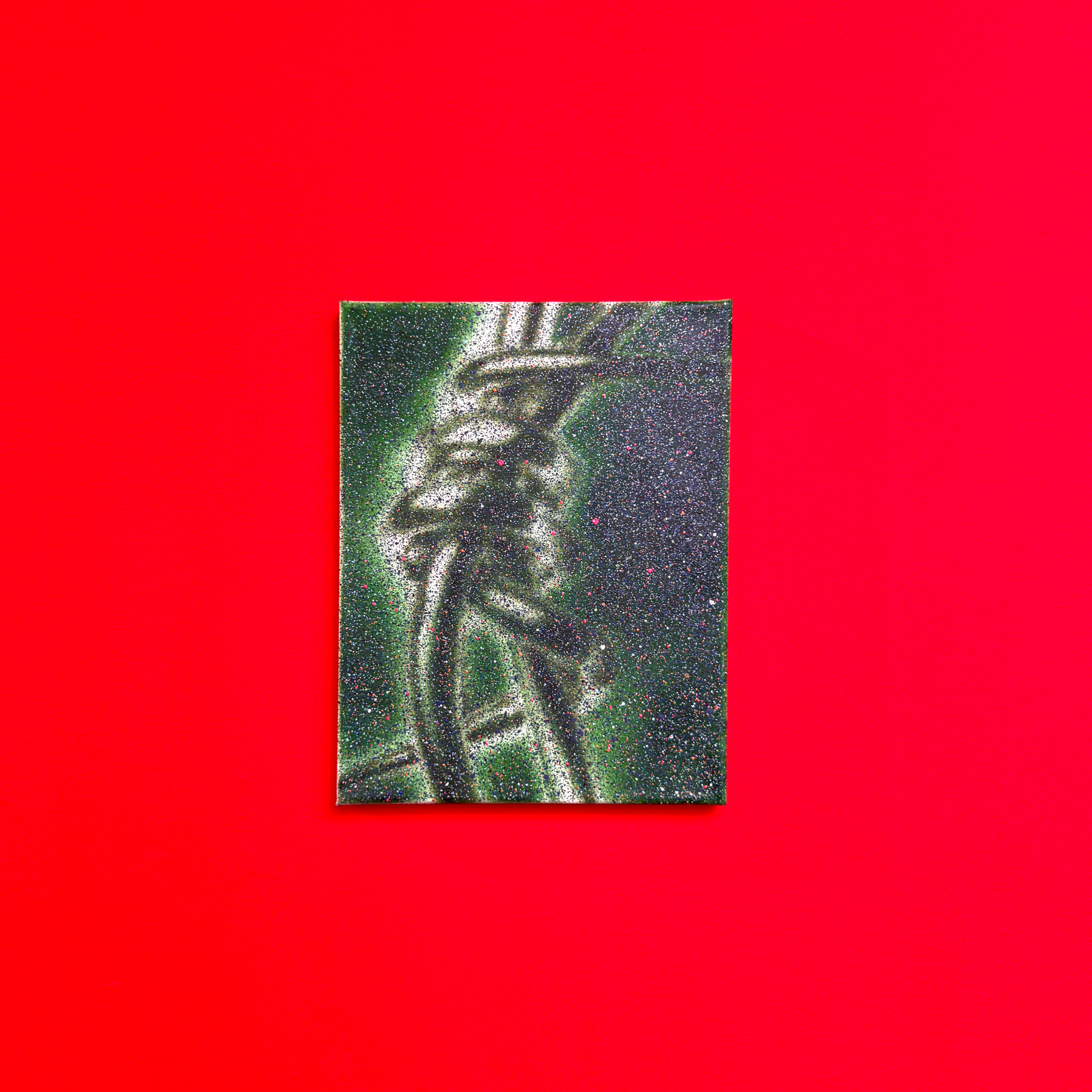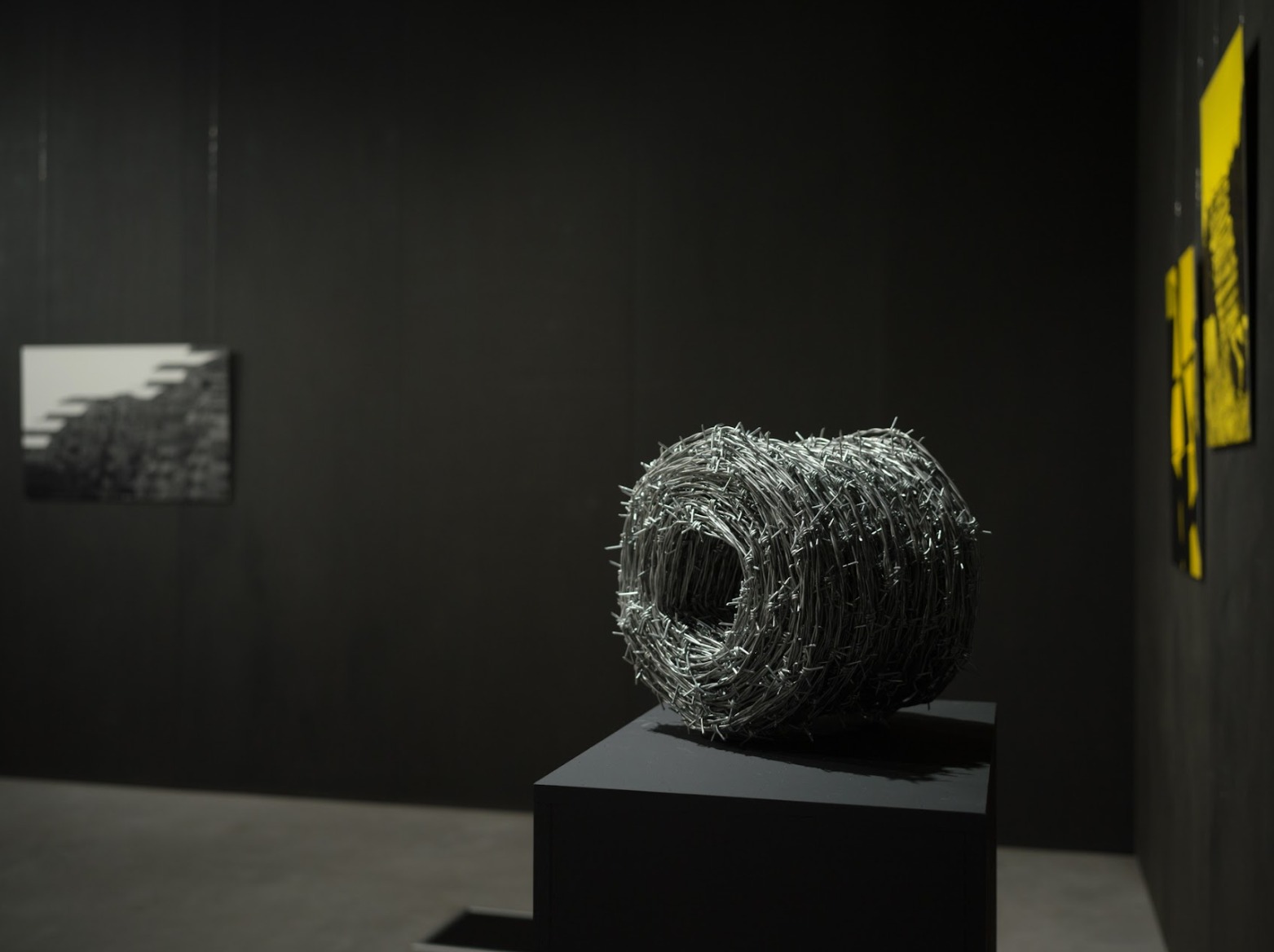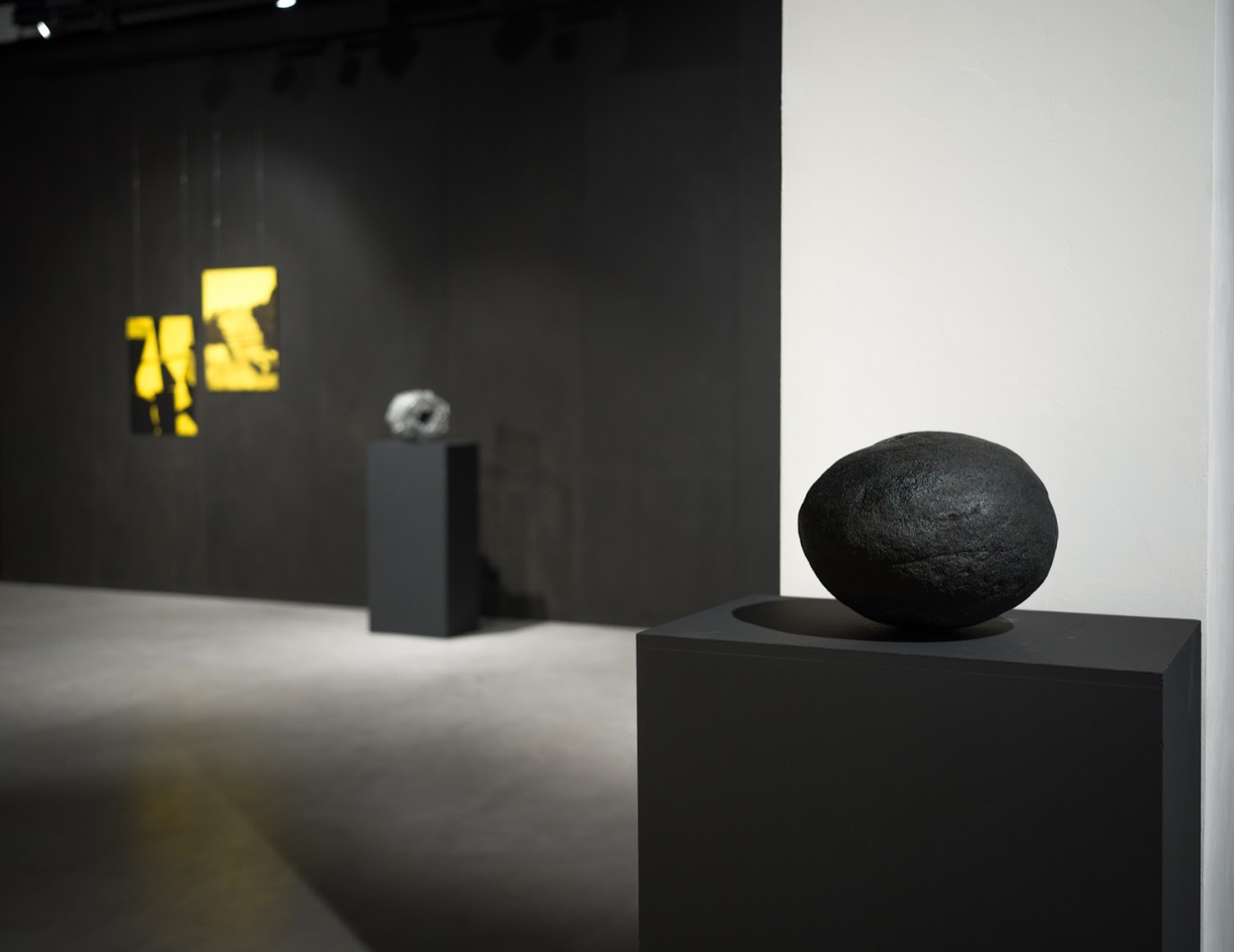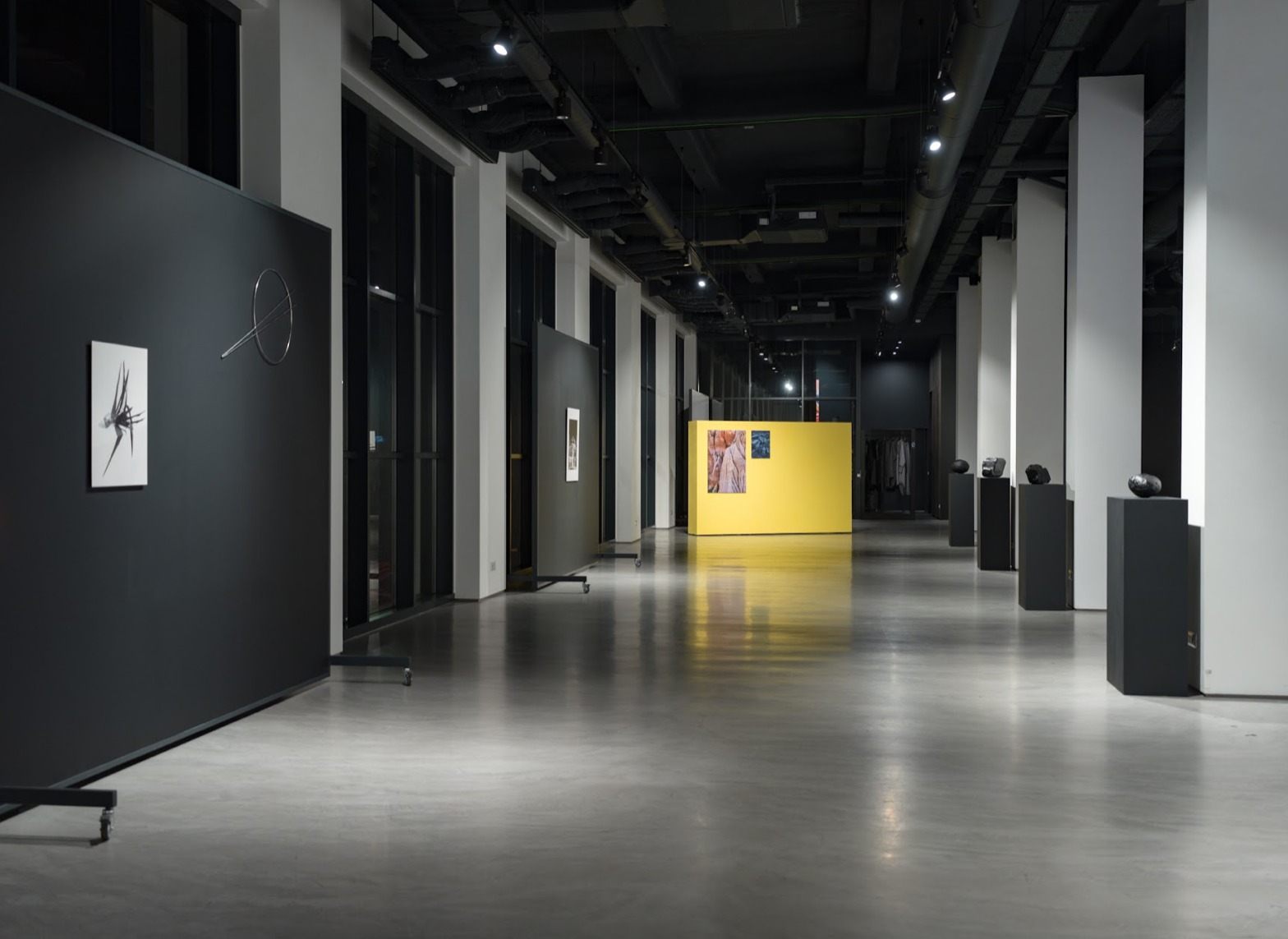Eight billion people by mid-November. Eight billion personal realms falling into place.Eight billion pairs of eyes. Seven thousand and one hundred languages translating every freeze frame we’re glimpsing. Each of us with its own symbolic and obscure system of interpretation.Yet, we’ll be remembered as a whole. An ontological whole made of agencies and their response-abilities. Words, visions and interactions aerodynamically coming together in an ensemble of borderline POVs.
Alongside the eight billion, an exuberant and ever-expanding scientific world. But just as the most advanced sciences of today still didn’t succeed to identify the vast biodiversity around us, only one individual cannot comprehend the data overflow of the present capitalism. Caught in the never-ending game of catching up with time, we tend to lose the attention that we pay to ourselves and to the surrounding space. We bear our crowded minds and neglected spirits with the burden of a nostalgia of going back, but we know too well that we don’t want to regress to a state of informational darkness. Already hybrids, we move through life without fully understanding how the new technologies are amalgamated with our ways of being
But how do our unconscious android personalities engage in this increasingly high-tech society? How do our bodies and minds relate to each other in the various landscapes we inhabit, frequent or just passing through? More simply, how does our interiority relate with the exterior reality? These are the questions to which Anastasia Dumitrescu is trying to answer through her practice. For her, the artistic act is a process, just like life, and when she lets a work leave her studio, she leaves it the freedom to create its own relationships with the surrounding environment and the viewing public.
The process of exploring the landscape becomes, for her, an intuitive and playful act, which allows her to endlessly reformulate her identity in relation to the material dimension of the artifacts she immortalizes. Capturing the stages of change generated by human intervention in the natural environment, Anastasia succeeds in bringing to the fore the plastic dimension of some fleeting and invisible moments, revealing the unbroken connection between the artificiality of our creations and the serenity of the natural world from which we evolved. Appropriating her own digital language in rendering the places she encounters, she offers a unique perspective on the hybrid tension that characterizes our reality, thus redefining the anthropomorphic landscape of our days.
All the more so, Anastasia's photographic eye is from the start marked by the cohabitation of the technological and the natural. Being aware of it, she makes use of her own android formulation, nurtures it and gives it a course in the translation of the landscapes she presents. For this reason, she enters the reality of the image before she presses the shutter through her performative process of debating the selection that will be recorded and rendered later. And further, she invites the viewer to play the role of a dynamic and intuitive explorer of the places he ends up inhabiting and the meanings he ends up.
“We’re just scratching the surface” appears as a response to the current speed culture and is a simple proposal to acknowledge our place in the world, both as a whole representing humanity and as individual ecosystems belonging to an already obsolete species. Revealing an assemblage of textures, surfaces and perspectives carefully composed, the selection of photographs invites to a reflection on the way we give meaning to the things around us. How we tend to abstract the materiality of digital snapshots. How these too, end up being surfaces that are anything, but superficial. How we rush to fill, in the individual imaginary, the outer limits of the frame. But also, how we give our own connotation to everything we encounter.
At the same time, it is an invitation to understand the current historical times and how the flow of information disperses endlessly on the scale of time. Using the motif of the taskscape, meaning the multitude of connected activities that fill our temporal landscape, Anastasia seeks to illustrate the liminality of both our external realities and ourselves as individuals characterized by the society and the way we live. Whether we distinguish the object in question or not, each of her photographs becomes a memento mori, a freezing in time of a transitional stage in the constant technological flux.
Adding a new, deeper layer, to the surfaces among which we wander, the installations she creates complete the exhibition by challenging the limits of both materiality and perception. Working at the boundary between figurative and abstract, they communicate directly with the selection of photographs highlighting the material dimension of what is represented and revealing both a new aesthetic of the ignored figurative and a new valence of vibrant matter. In the same paradigm of the possibilities of metaphysical and conscious knowledge of matter and its implicit meanings, the exhibition aims to transform the simple observer into an active participant in the development of personal meaning.
Acting consciously in a material world we get closer to the stranger within us and we become more tolerant with the different others around us, as we realize that we have nowhere to escape. In this sense, matter is no longer passive when it comes to the role it plays in developing subjective relations with the world around us. But, as more and more of us gather in an attempt to fix a stable future in an age subject to the constant flow of information, attention deficit plays tricks on us, and we end up just scratching the surface of our possibilities.
↳ ARTISTS
↳ CURATOR
↳ SCHEDULE
Exhibition open 16.12 - 11.02
Wednesday to Friday from 3pm to 8pm
Weekends by appointment
this
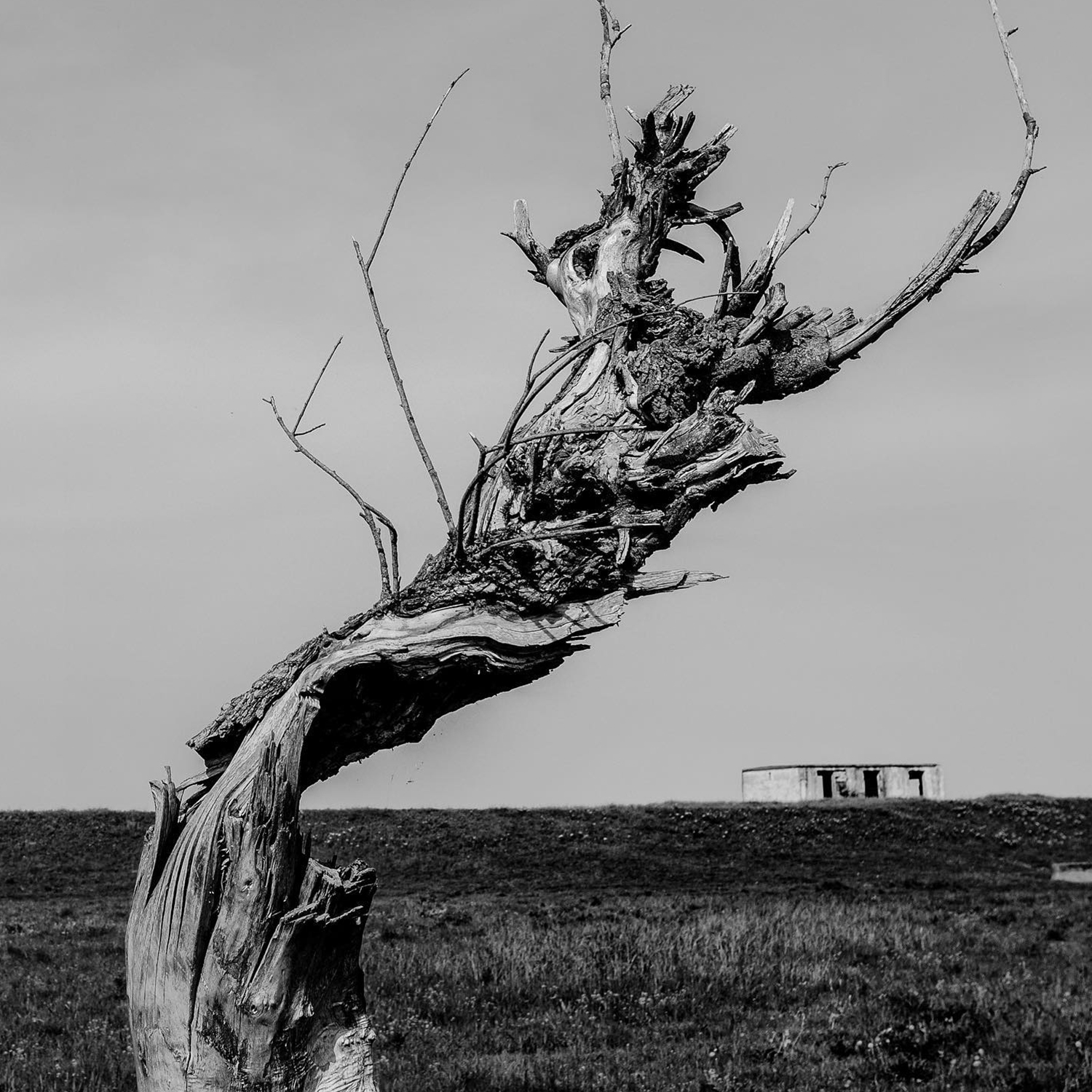
↳ Details
↳ Tags
and that
